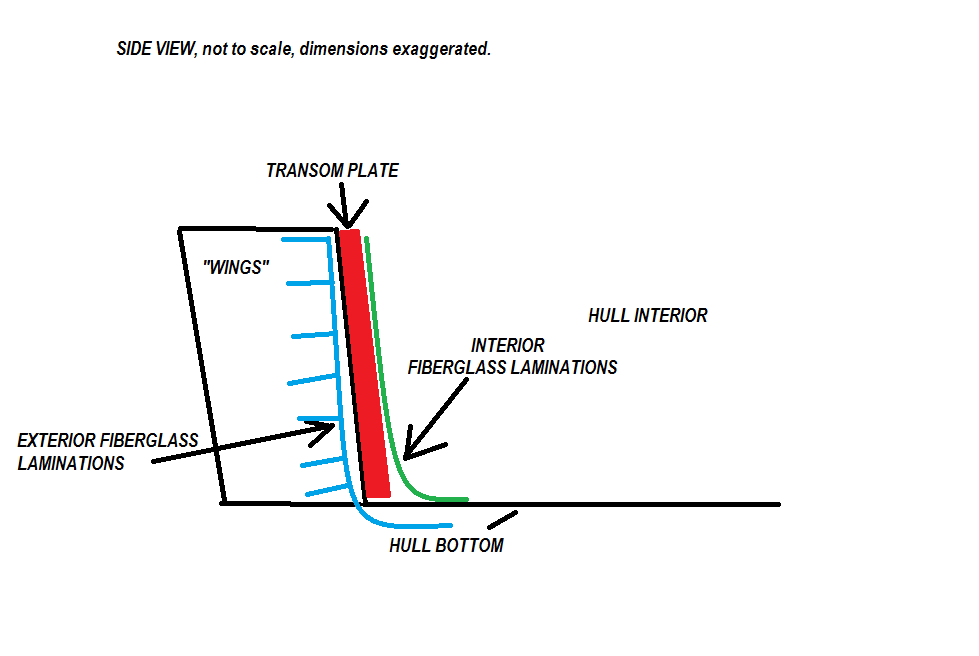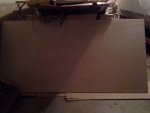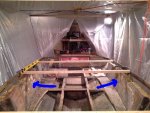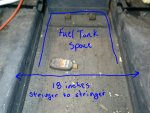Re: 1982 Glastron Hpv165 bass boat restoration.
Sorry for that peice of bad luck daniel1947. At least you got moving on you repairs. Thats a pricey one too.

I hope it generates as little fall out as possible for you. Tell your GF that she needs to get her priorities figured out and let you pull the boat with the Acura. I'm sure it will pull it just find once she buys a receiver for it.:laugh:
I'm gonna get started on mine as soon as can figure out how to quit tripping myself up over the details of it. Right now it's all the grunt work I suppose, but not for long. I have a small amount of grinding left to do and then it's time for the more technical stuff I suppose.
The polyester resin at the distributor in Washington State that I was looking into(woodonglass posted a link to their website for me on page 7, post 20) is only specified as their boat and general purpose resin. It does give some other details such as being wax free and contains a thixotropic agent to help reduce drain out on vertical surfaces. It is a bit more at $136.94 for 5 gallons then the 435 polyester boat resin at USC in Florida State. Im leaning a bit more toward the Washington distributor because of shipping costs. The thing about that is they are the company with the 25.5 oz 1708 available rather than the 17 oz 1708. The 25.5 oz doesn't seem to be as popular as the 17 oz for whatever reason I don't quite know yet and is also about $5 more per yard. Either way, with both the combined extra cost of the resin and the heavier 1708, it is still less expensive then shipping it here from florida. Plus I can add a bunch of rollers and stuff too. I would just prefer to try and get the largest order completed in one shot from one place. Otherwise I'm spending at least if not more on shipping costs than I would ever save by splitting the orders . If the heavier glass creates an issue of some kind, then I will split the order.
See what I mean about tripping myself up. First time blues I guess. If I choose to take on a project like this again, I have a feeling it just might flow a little better.
Here's a little bit of good news though. As of today, I actually have two 4x8 sheets of 3/4 Aruco pine plywood paid for and sitting in the garage right now which should be enough to build both stringers, the transom, all of the ribs and the float pods. Maybe even some of the floor if I cut it all out just right.:joyous: Even though I've spent tons of time and money on building support equipment, acquiring tools and performing demo, for some reason bringing home those two boards made me feel like things are starting to move toward the next level. Kinda nice. Thanks for the comp on my progress man. Let me know when you about to get started on yours. Thanks.



























